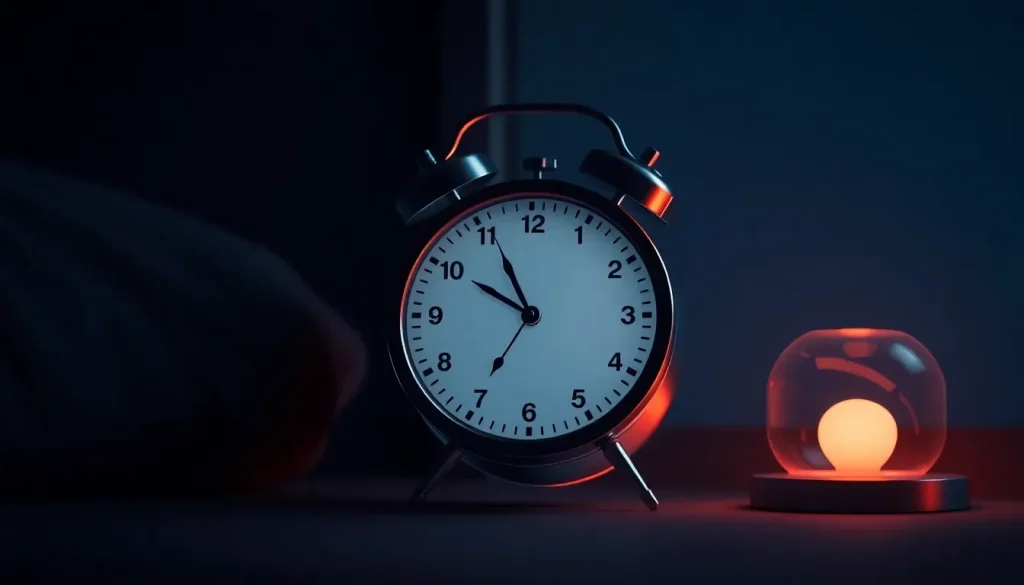iOS 26.1 redesigns alarm to help you wake up on time

With technology evolving at a breakneck pace, even the small details in our daily interactions with devices can make a significant difference. The latest updates to iOS have stirred conversations around the design choices made by Apple, particularly regarding the alarm function on iPhones. As users navigate through their mornings, the ease of accidentally dismissing an alarm can lead to a chaotic start. Let's delve into the latest changes and their implications for users.
What's New in the iOS 26.1 Beta 2 Alarm Design
Apple has recently rolled out the beta 2 version of iOS 26.1, addressing the much-debated alarm design that was introduced in iOS 26. This update comes on the heels of user feedback that highlighted the risks of accidentally turning off alarms, which could result in oversleeping—something no one wants to face on a busy morning.
The most notable change is the transition from two large buttons for snooze and dismiss to a more intuitive slider mechanism. This new design requires users to actively engage with their device to turn off the alarm. No longer can users inadvertently hit the wrong button; instead, they must slide to silence the alarm, thereby reducing the likelihood of accidental dismissals.
This shift is not merely cosmetic; it reflects a deeper understanding of user behavior and the psychological impact of alarm interactions. The need for a conscious action—like sliding the finger—reinforces the idea of waking up instead of just turning off an alarm.
Why the Alarm Design Matters
The design of alarm features is often overlooked, yet it plays a crucial role in shaping user experiences. In fact, studies conducted prior to the release of iOS 26 indicated that users were up to 30% more likely to oversleep when faced with poorly designed alarm interfaces. This statistic sheds light on the importance of thoughtful design in tech products.
Jack Fields, a former Apple engineer, was vocal about the flaws in the initial alarm design, stating that it contradicted established research. By reintroducing a slider function, Apple has shown responsiveness to user needs and expert insights.
How to Set Up Your Alarm on iOS
For those new to iOS or looking to refresh their knowledge, setting up an alarm on your iPhone is straightforward. Here’s how you can do it:
- Open the Clock app.
- Tap on the Alarm tab at the bottom.
- Press the "+" button to add a new alarm.
- Set your desired time and choose options for repeat, label, and sound.
- Finally, tap "Save" to activate your alarm.
Configuring Snooze Options on Your iPhone
For many users, the snooze feature is a lifesaver. Here's how to configure it:
- Go to the Alarm section in the Clock app.
- Edit your existing alarm or create a new one.
- Enable the snooze option to allow an additional 9 minutes of sleep.
This can be especially helpful for those who struggle to wake up immediately, allowing for a gentler transition into the day.
Repeating Alarms for Daily Routines
Consistency is key in establishing a morning routine. To set an alarm that repeats every day:
- Open the Clock app and navigate to the Alarm tab.
- Create a new alarm or edit an existing one.
- Select the "Repeat" option.
- Choose the days you want the alarm to ring.
This feature is beneficial for those with regular commitments, ensuring you never miss an important event.
Feedback on the New Alarm Design
As users begin to test the beta version, the early feedback indicates a generally positive reception towards the new alarm design. The slider feature not only enhances usability but also fosters a more mindful waking experience. It encourages users to physically engage with their devices, which can help ease the shock of waking up.
Moreover, Apple has extended its design improvements beyond just the alarm function. The update to iOS 26.1 also includes a refreshing "Liquid Glass" aesthetic applied to various apps, enhancing the overall user interface.
Conclusion: An Evolving Interface
With each update, Apple continues to respond to user feedback and adapt its products accordingly. The changes in iOS 26.1 not only fix previous design flaws but also elevate the user experience, making mornings a bit easier for everyone. The emphasis on conscious actions aligns with modern user expectations for tech products, reinforcing the idea that design is not just about aesthetics—it's about functionality and user engagement.




Leave a Reply